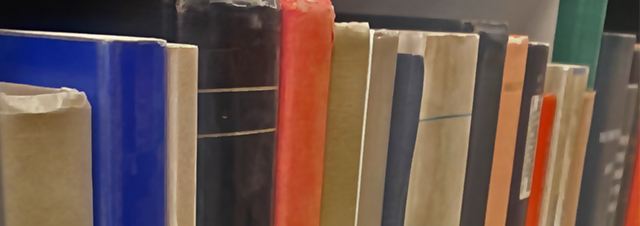
Faculty Publications
Biodegradation of DDE (1,1-dichloro-2,2-bis(4-chlorophenyl)ethene) by Phanerochaete chrysosporium
Document Type
Article
Journal/Book/Conference Title
Mycological Research
Volume
97
Issue
1
First Page
95
Last Page
98
Abstract
DDE (1,1-dichloro-2,2-bis(4-chlorophenyl)ethene) is an extremely persistent environmental pollutant. Furthermore, the conversion of DDT (1,1,1-trichloro-2,2-bis(4-chlorophenyl)ethane to DDE by microorganisms has been termed a ‘dead-end side reaction’. In the present study we show that the wood-rotting basidiomycete Phanerochaete chrysosporium is able to degrade DDE. Biodegradation is demonstrated by formation of [14C]CO2 from [14C]DDE, by mass balance analysis and by identification of 4,4′-dichlorobenzophenone (DBP) as a metabolite of DDE. © 1993, British Mycological Society. All rights reserved.
Original Publication Date
1-1-1993
DOI of published version
10.1016/S0953-7562(09)81144-1
Recommended Citation
Bumpus, John A.; Powers, Robert H.; and Sun, Tonya, "Biodegradation of DDE (1,1-dichloro-2,2-bis(4-chlorophenyl)ethene) by Phanerochaete chrysosporium" (1993). Faculty Publications. 5509.
https://scholarworks.uni.edu/facpub/5509


